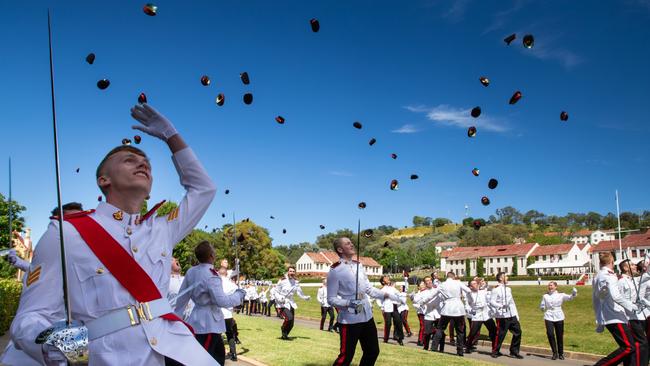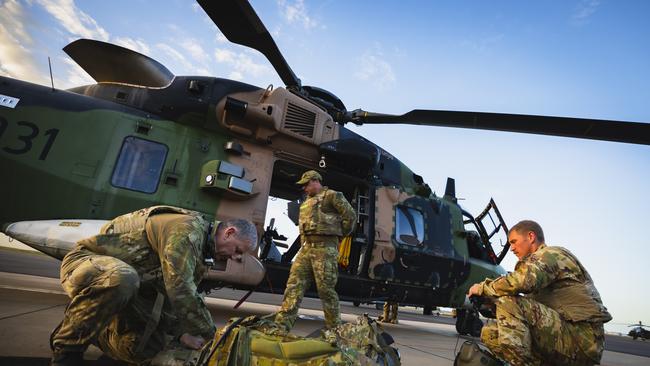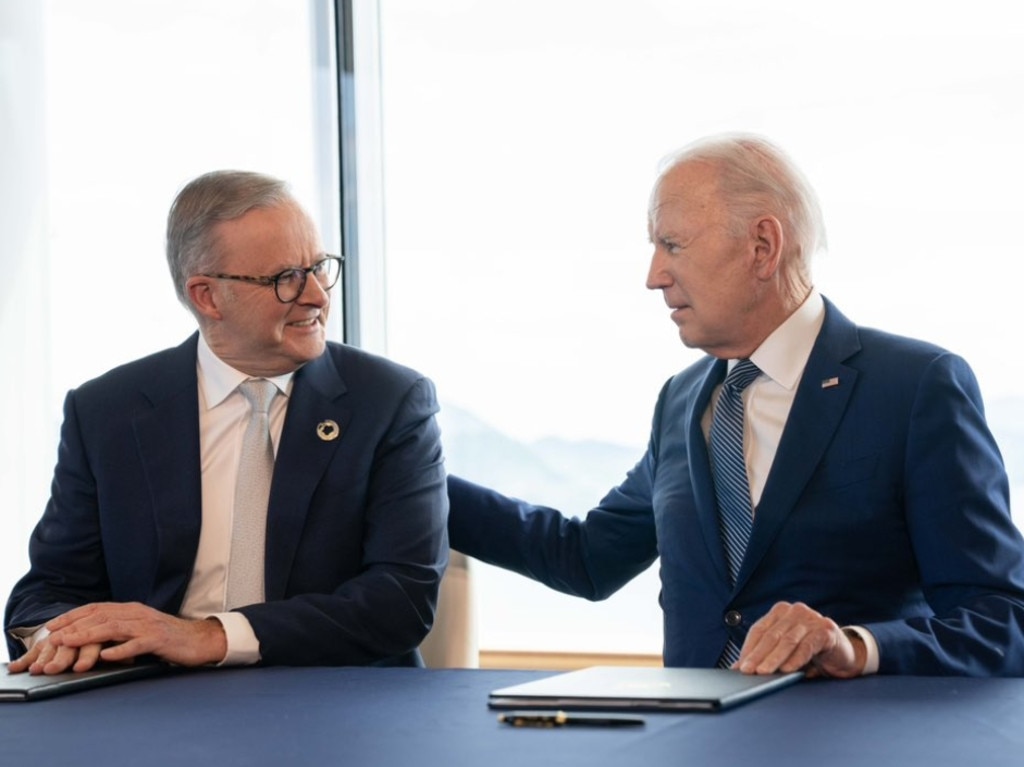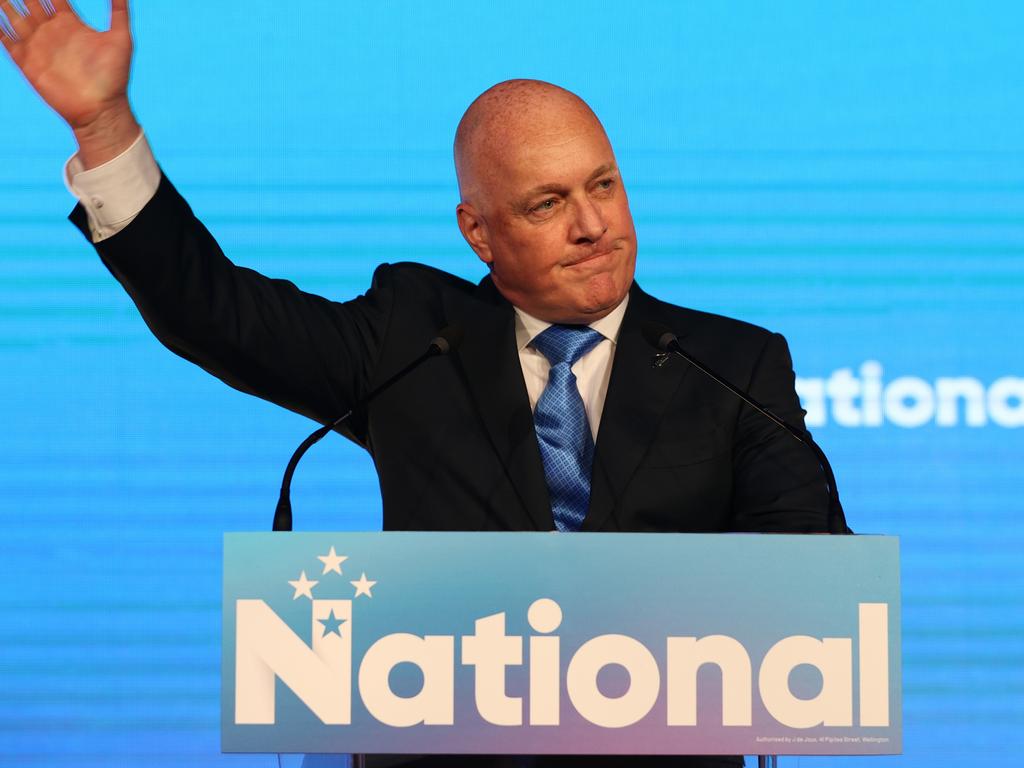ADF numbers slump amid warnings on ageing subs
The Australian Defence Force has shrunk to its smallest size in seven years, amid warnings of fresh delays to the nation’s submarine program.

The Australian Defence Force has shrunk to its smallest size in seven years, a Senate committee has heard, amid warnings of fresh delays to its submarine program.
Despite repeated government warnings of unprecedented strategic threats, Defence revealed on Wednesday that the number of uniformed ADF personnel had fallen by more than 1400 to 57,218 in the three months since June 30.
The figure is more than 840 personnel lower than the 58,061 recorded in 2016, and comes despite a bipartisan commitment to expand the ADF to nearly 80,000 members by 2040.
The revelation was made as senior Defence officials warned the time frame for life-extending upgrades of the navy’s Collins-class boats was likely to blow out, in a further threat to the nation’s military capabilities.
First assistant secretary John Chandler told Senate estimates that “a degree of overrun” was anticipated in the planned 24-month “life-of-type extension” works on each Collins-class submarine.
“There’s over 1000 individual tasks, a lot of interdependencies on them and so anticipating a degree of overrun helps us manage the overall capability outcome,” he said, under questioning by Labor senator Linda White.
The admission came as Defence Industry Minister Pat Conroy announced a new “assurance activity” to advise the government “on Defence and industry’s current preparedness to deliver the Collins-class submarine life-of-type extension”.
The study will be undertaken by retired former US Navy deputy assistant secretary Gloria Valdez, who will deliver her report in the second quarter of next year.

The planned upgrades, which were scheduled to commence in 2026 and take two years per boat, are required to keep the ageing Collins subs going for another 10 years due to the failure of successive governments to commission their replacements.
Chief of Navy Mark Hammond said the upgrades would “be some of the most complex work that we’ve conducted” on the boats since they rolled off the production line.
“So until we lock the actual scope down, which we are continuing to do, a full assessment of the schedule and schedule risk won’t be possible,” he said.
The admission comes amid concerns the US congress may not approve the promised transfer of US nuclear submarines and related technology to Australia in the 2030s, as agreed under the AUKUS partnership.
Senate Estimates also heard on Wednesday about major problems with the army’s MRH-90 Taipan helicopters before one of the aircraft crashed in July, killing four army personnel.
Greens senator David Shoebridge put to Defence officials that airworthiness reports since 2020 had identified problems with the helmet displays used by Taipan pilots, and an infra-red system that was supposed to aid flight performance at night.
Chief of Army Simon Stuart said the issues were taken seriously, but Chief of the Defence Force Angus Campbell refused to allow a full examination of the matter, saying the discussion would undermine crash investigations.
General Campbell said the multiple probes into the crash would take at least another 12 months to complete.
Strategic Analysis Australia research director Marcus Hellyer said Defence’s performance in trying to expand the size of the force had been a “clown show”, and came despite years of unconstrained funding and the prioritising of recruitment and retention by successive governments.
“They need to be on a trajectory to grow the ADF by close to 20,000 people, and in seven years, they haven't even started. They’ve gone backwards,” Dr Hellyer said.
He said news of potential delays to the Collins upgrades came after years of assurances that the works would take two years per boat. “People have been questioning this for years, and Defence again and again said, ‘Don’t worry, we have it under control’,” he said.
“Once again … Defence’s bland ‘trust us’ assessments have turned out to be worthless.”








To join the conversation, please log in. Don't have an account? Register
Join the conversation, you are commenting as Logout